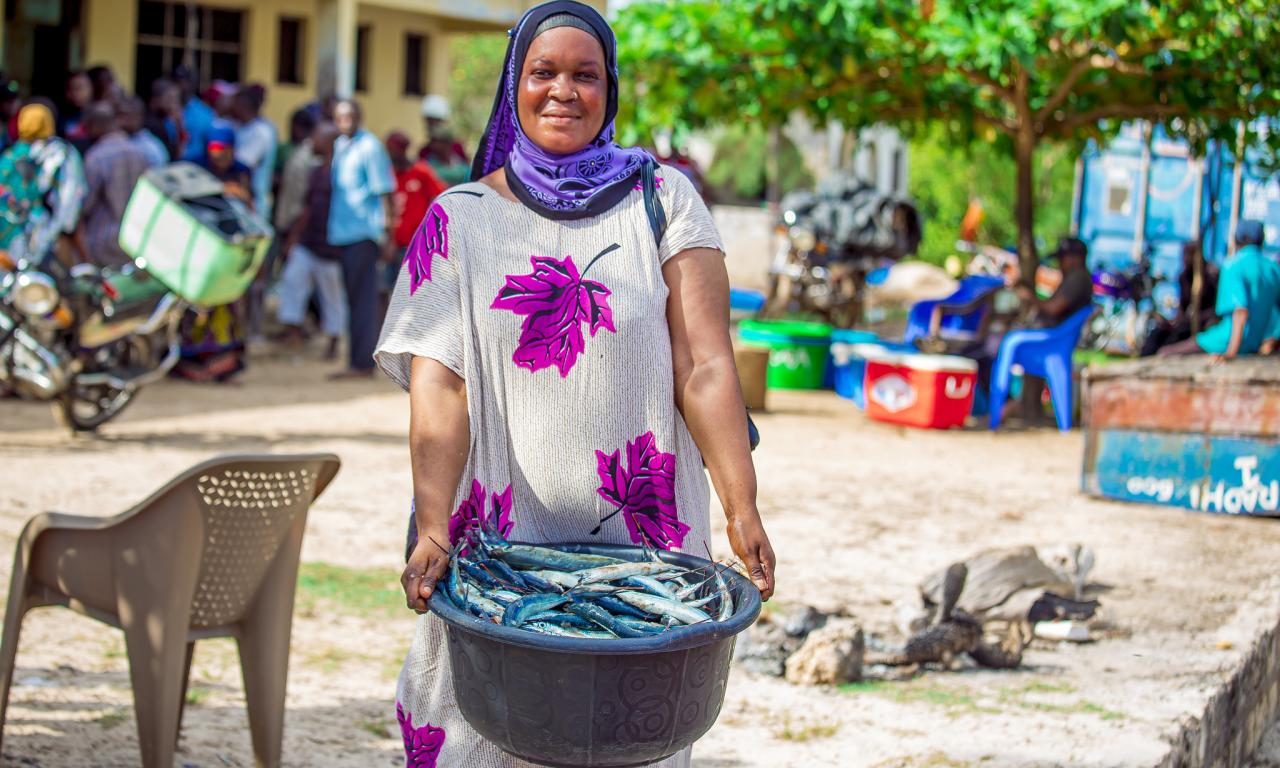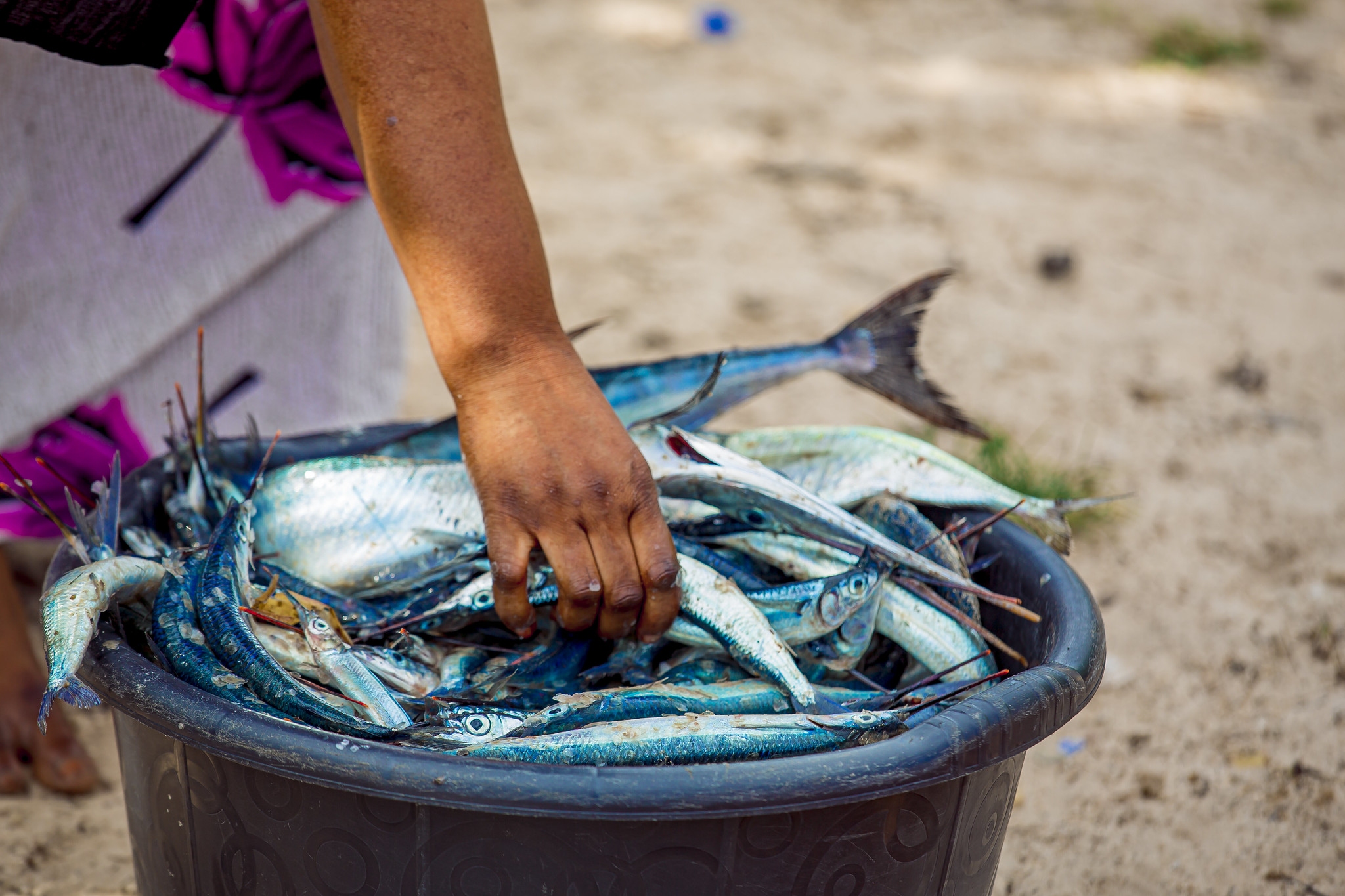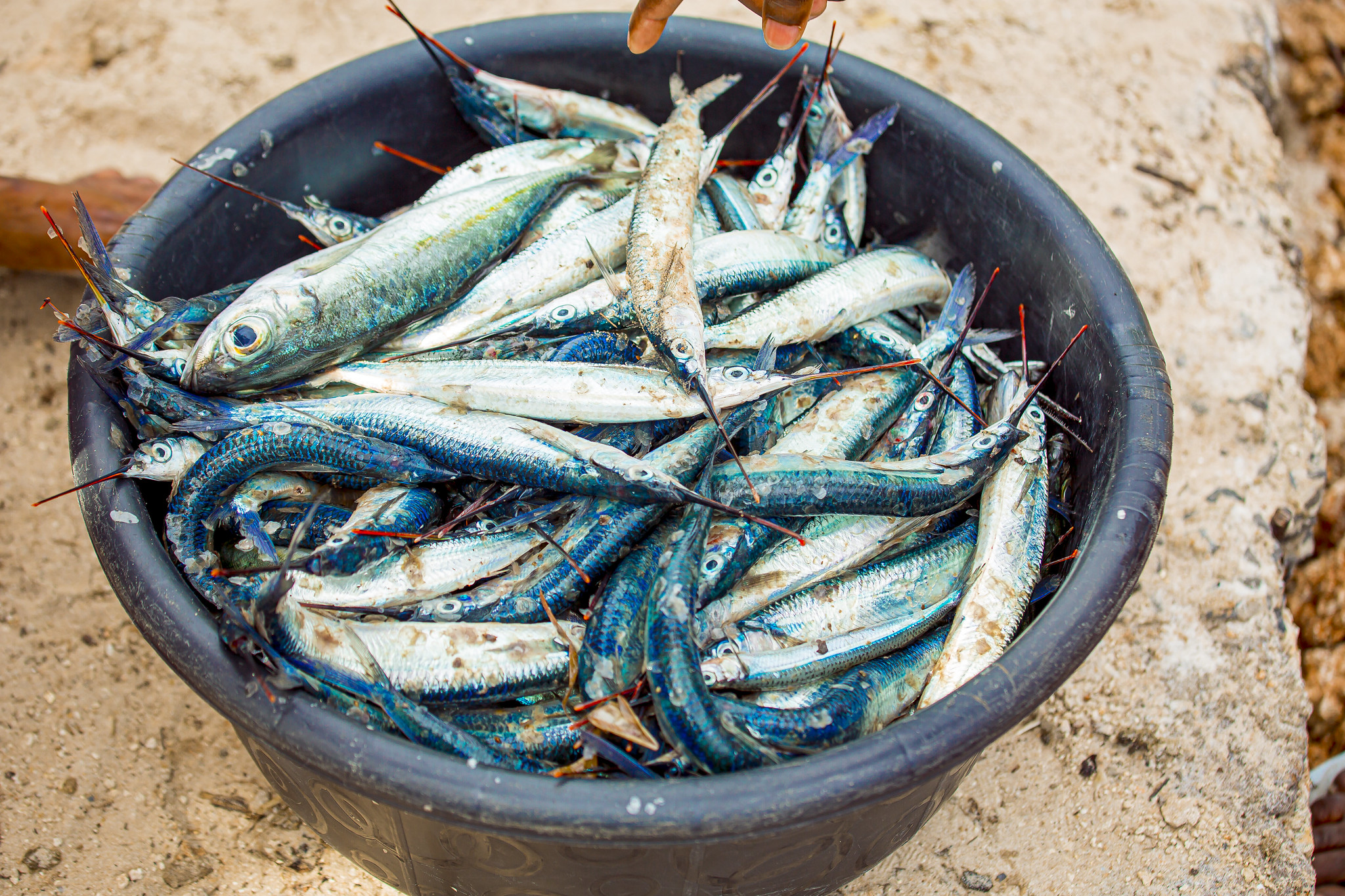
The world’s food systems are failing. Over 735 million people go hungry, and 3.1 billion can’t afford a healthy diet. Every year, one-third of global food production is lost or wasted, while millions starve.
Yet, the single most powerful solution remains overlooked: the ocean.
Fisheries and aquaculture sustain over 800 million people and provide 17% of global animal protein. Aquatic foods are nutrient-dense, climate-friendly, and vital for human health. Yet despite covering 70% of the planet, the ocean supplies just 2% of our food calories. This isn’t a natural limit, it’s a failure of policy, investment, and vision.
A System Stuck in Reverse
Aquatic foods—fish, shellfish, seaweed, and other marine and freshwater species—hold immense potential to nourish people and protect the planet. Yet they remain underfunded and poorly integrated into global food policies. Governments continue to spend $35.4 billion annually on harmful subsidies that drive overfishing and ecosystem damage, despite the UN Sustainable Development Goal (SDG 14.6) to end these subsidies by 2020.
At the same time, post-harvest losses in small-scale fisheries reach up to 35% in some countries, compounding hunger and economic losses. With climate shocks increasing food production volatility, the urgency of 2025 cannot be overstated. the choices we make now will shape food security for generations to come.
Global hunger is rising instead of declining, and with just five years until the 2030 SDG deadline. The climate crisis is accelerating, and non-communicable diseases (NCD’s) like obesity, diabetes, and heart disease are surging, especially in regions like the Pacific, where processed, nutrient-poor foods have replaced aquatic-rich traditional diets. NCD’s are more than a health issue, they’re a development crisis, straining economies and healthcare systems while reducing productivity.
We must move beyond treating food as a commodity and adopt a systems approach that connects nutrition, sustainability, and economic resilience.

The Path Forward
The future of food security depends on rethinking how we use aquatic resources, with small-scale fishers and aquaculture farmers at the centre of this transformation. Over 90% of people in fisheries and aquaculture work in small-scale settings, yet they receive little support compared to industrial players. Redirecting subsidies toward sustainable fishing and farming practices must be a priority.
This shift is already happening in some places. In Bangladesh, incentive-based fisheries management uses subsidies to reward communities for sustainable practices. This has revived fish stocks, boosted biodiversity, and improved food security for millions. I’ve seen the impact firsthand, southern Bangladesh’s hilsa fish stock, once collapsing, has rebounded thanks to these policies. fishers adopted sustainable methods and now catch more while preserving ecosystems for future generations.
These aren’t just policy adjustments, they’re proof that smart incentives can restore ecosystems, drive conservation, and create economic opportunities for millions dependent on aquatic food systems.
We Must Rethink How We Produce Food
Aquatic foods are some of the most efficient and sustainable protein sources. Worldfish’s work in Cambodia and Myanmar shows that integrating small-scale fish farming into agriculture can boost fish availability by 60% while improving soil fertility and crop yields. In Timor-Leste, I've met fish farmers who, with access to high-quality GIFT seed, feed, and essential services such as training and market support, have successfully tripled their fish productivity and significantly increased their household incomes.
Regenerative methods like seaweed and shellfish farming restore ecosystems and capture carbon at rates 20x higher than terrestrial forests. Scaling these climate-friendly innovations could feed billions while healing oceans and waterways.
Halting food waste must be a global priority. aquatic foods are too valuable to waste, especially when millions face malnutrition. Nearly $50 billion worth of fish is lost annually due to poor storage, inefficient processing, and weak infrastructure. In some African and Asian countries, up to 35% of fish is wasted—food that could nourish millions. In Egypt, Worldfish’s work with fish producers to improve post-harvest handling and value addition led to a 25-30% income increase for women retailers. It also significantly boosted the availability of affordable fish for low-income households. Addressing these losses through improved handling and distribution could provide an additional 9 million tons of fish annually—enough to feed 45 million people!

A Call to Action
As we mark WorldFish’s 50th anniversary in 2025, this moment calls for reflection and renewed commitment. For half a century, WorldFish has been at the forefront of advancing sustainable aquatic food systems, but today’s challenges demand even greater effort. This milestone isn’t just for celebration, it’s a rallying cry for bold action to secure a food-secure, climate-resilient future.
Investing in aquatic food systems delivers some of the highest returns in food security and climate action. Every $1 spent on sustainable fisheries management yields up to $10 in economic benefits through increased productivity, ecosystem recovery, and resilient livelihoods. Yet, despite sustaining over 800 million people, aquatic foods receive less than 2% of global agricultural research funding, far less than land-based systems.
The urgency of 2025 leaves no time for complacency. SDG deadlines are fast approaching, and global crises are intensifying. decisions made now on investment and governance will determine whether aquatic foods become the backbone of a secure, climate-resilient food system, or a wasted opportunity.
The transformation of aquatic food systems isn’t aspirational. It’s an urgent necessity. Policymakers, businesses, and consumers must recognize that the future of food security depends on making aquatic foods central to global agricultural strategies and climate resilience efforts. Today’s food system isn’t inevitable, it’s the product of choices made over decades. Now is the time to choose differently, to prioritize nutrition, sustainability, and equity.
If we fail, hunger will rise, ecosystems will collapse, and sustainable development opportunities will vanish. If we act, aquatic foods can anchor a more secure, just, and climate-resilient future.
The time for incremental change is over. The time for an aquatic food revolution is now.
